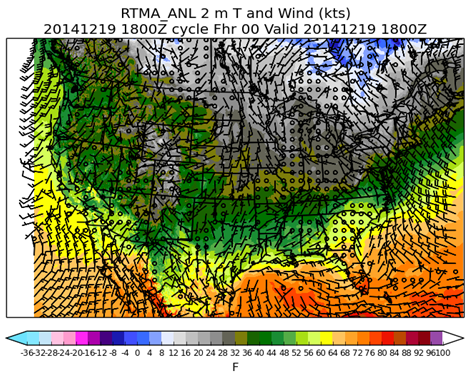Wind Speed, Wind Gust and Surface Pressure Analyses
The Consumer Option for an Alternative System to Allocate Losses (COASTAL) Act requires a time history of mean wind, wind gust, surface pressure and air-sea temperature difference (atmospheric stability, AS) over the area impacted by a landfalling tropical cyclone in order to estimate the strength and timing of damaging winds and also to force wave and surge models. The wind analysis will also be used to “downscale” evolution at “parcel-scale” over-land locations in the impacted area. Wind analyses should also include gusts since they are generally the major factor in generating wind damage. Consistent with modern geophysical analysis techniques, a background field generated by a model will be combined with existing observations to produce the most accurate analysis. The NOAA Hurricane Weather Research and Forecast (HWRF) system and the NOAA High-Resolution Rapid Refresh (HRRR)-Rapid Refresh (RAP) will provide the background and the UnRestricted Mesoscale Analysis (URMA), part of the NOAA Real-Time Mesoscale Analysis (RTMA) system, will perform the mean wind, gust, surface pressure and AS analyses. The URMA will include additional available observations gathered and processed into the analysis. The URMA serves as an intermediate solution for constraining & improving the parcel-scale downscaled wind analysis by providing a reanalysis of the available surface observations. Since the COASTAL Act requires analysis of individual storms and possibly observations that were not obtained in real-time operations, some development of a portable software system and “new” observations processing system will be needed.
Wind, Gust, and Surface Pressure Analyses



